Sweet sorrow, military intelligence, healthy confectionery - ?all phrases that can be construed as examples of oxymoron. However, the latter combination is edging ?closer to the top of the agenda at confectionery producers' strategy meetings.
It is not enough now? for manufacturers to say ?that sweets and chocolate are indulgences and therefore largely exempt from the trend towards healthy eating. Imminent changes in restrictions on vending machines, a?long with consumer concerns about health affecting use of additives and labelling,? are set to have an escalating impact??.
From September 2007, ?rules banning confectionery from school vending machines and tuck shops will come into effect, creating more than a few headaches for manufacturers. Indeed, many schools and local authorities have jumped the gun and decided to make changes ahead of the regulations.
Nestlé is rumoured to be pulling out of vending completely, although ?it says no final decision has been made, while Masterfoods is also said to be considering its future in the channel.
The market as a whole may not suffer too big a dent, however. Richard Brittle, purchasing director for ?confectionery ?wholesaler Hancocks, is hopeful that sales may grow via other channels. "We don't know what effect a ban on confectionery in school vending will have in the long-term, but it will definitely help our business," he says.
Some schools are restricting children's movements at lunchtime but Brittle expects young confectionery fans to find a way around this. "In the short term, children will buy sweets on the way to and from school instead," he says. "They may change their eating habits eventually but this will be a long way down the road."
?Cadbury TreborBassett and Masterfoods have joined forces ahead of government rulings ?for on-pack labelling with a Be Treatwise initiative designed to help consumers understand how confectionery fits into a balanced diet. ?They ?have invested £10?m and packs of Dairy Milk, Mars, Galaxy and Twirl now carry a front-of-pack logo directing consumers to a panel showing GDAs for calories, sugar, fat, saturates and salt.
Trish Fields, consumer impact director at Cadbury Schweppes, says the initiative is a platform for the industry. "We are taking the health issue seriously and are prepared to step up to the challenge," she says. Nestlé, too, is putting calorie information front of pack and GDA advice on the back.
Portion control is also becoming a bigger issue. CTB has added to the 99-calorie countline variants introduced last year with ?a 165-calorie, no-added-sugar chocolate bar version of its Highlights hot drinks brand, while other manufacturers have ?moved their brands to smaller packs for greater portion control.
The smaller players are also taking a lead, with toffee specialist Walkers Nonsuch removing all trans fats from ?its products. "There's no doubt that
large amounts of confectionery are not good for us but, in reality, we're not going to give up the enjoyment ?we derive from our favourite treats," says MD Ian Walker.
Leaf Confectionery, meanwhile, has spread a Red Band umbrella brand across a range of healthier products. Initially it is launching seven lines, with sugar-free options for adults and reduced sugar products for children, with further additions expected to roll out over the next two years.
MD Tony Camp? says clever manufacturers are looking at the profit in healthier lines. "Healthier confectionery is only a £20m sector at the moment, but that is what healthier biscuits was worth ten years ago and it now tops £320m."
Haribo, meanwhile, is flagging up its jellies' and mallows' low-fat or fat-free content and putting all its main brands into treat-sized, portion-controlled packs.
"There should be an element of moderation in the ongoing debate about the diet of children," says Per Henérius, MD. "I certainly don't believe that confectionery should be demonised for its role."?n



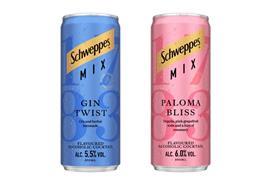




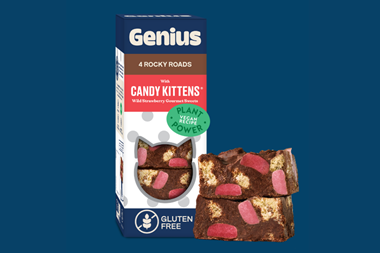

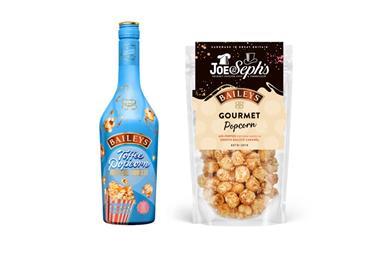

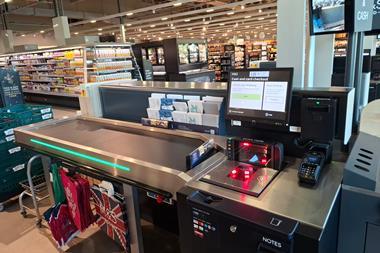
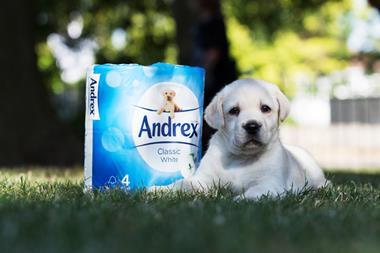

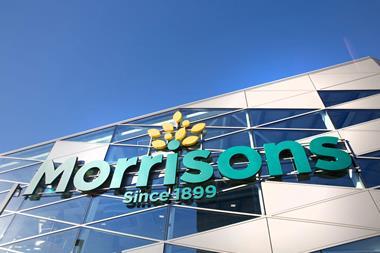


No comments yet